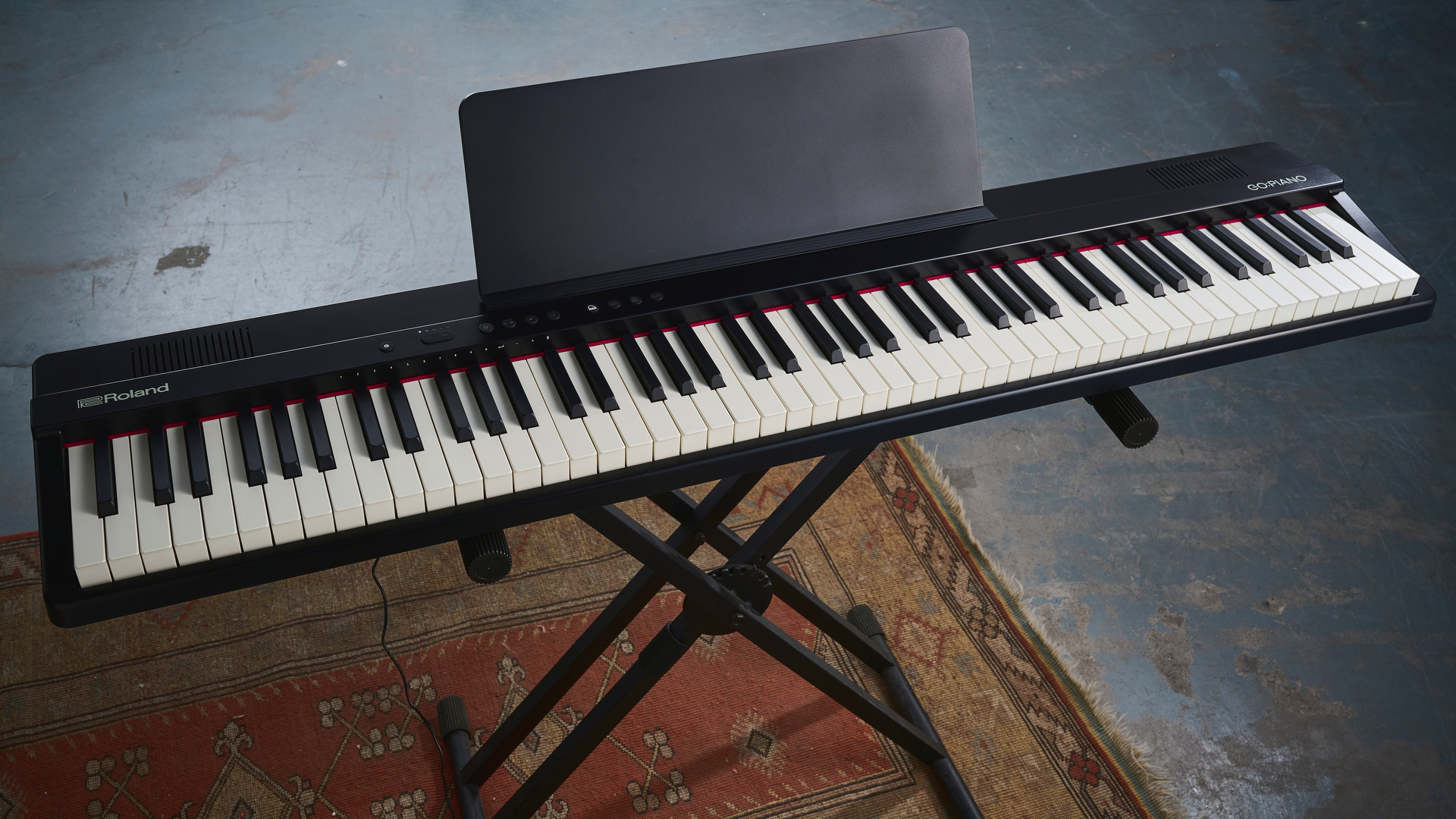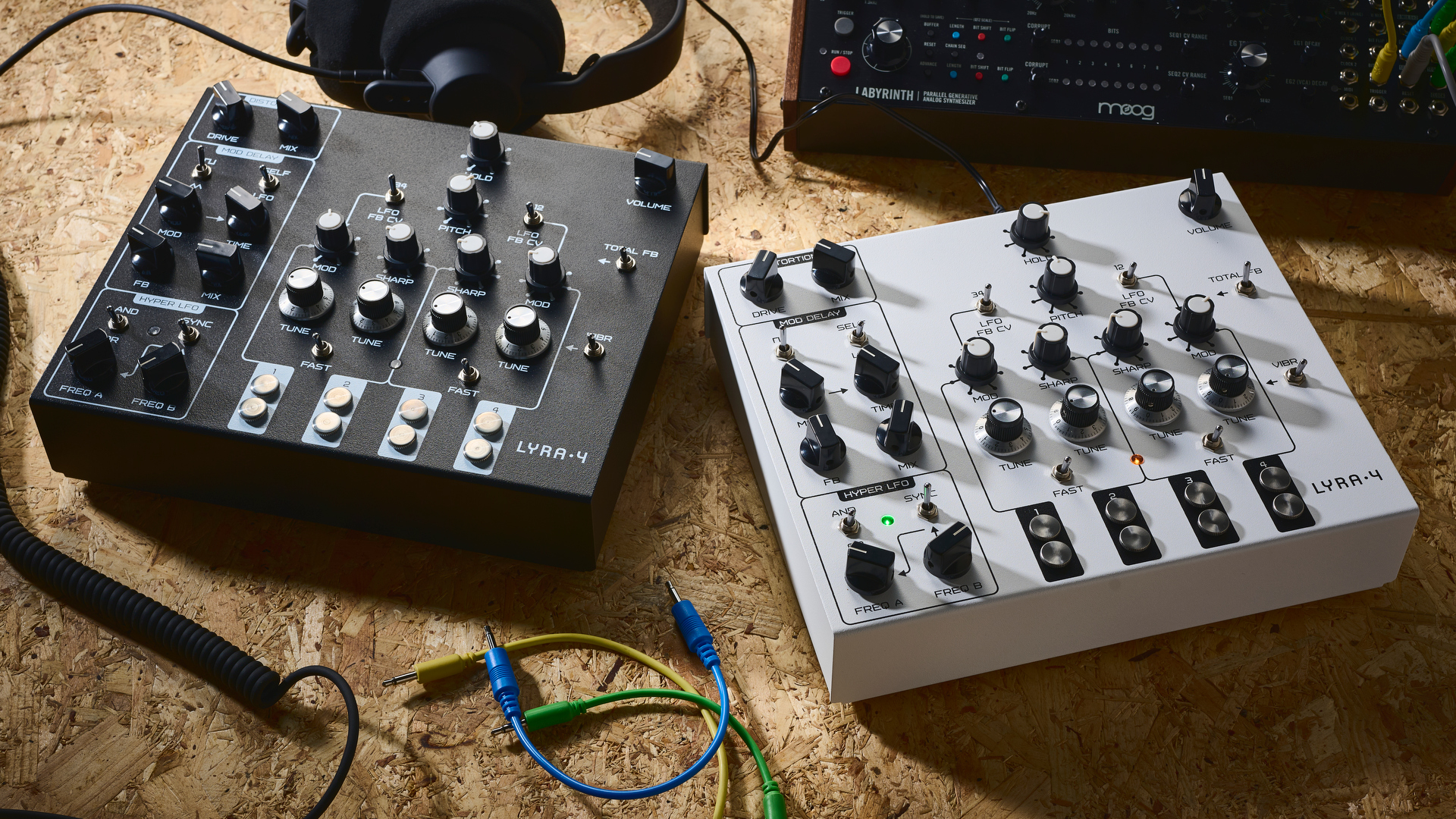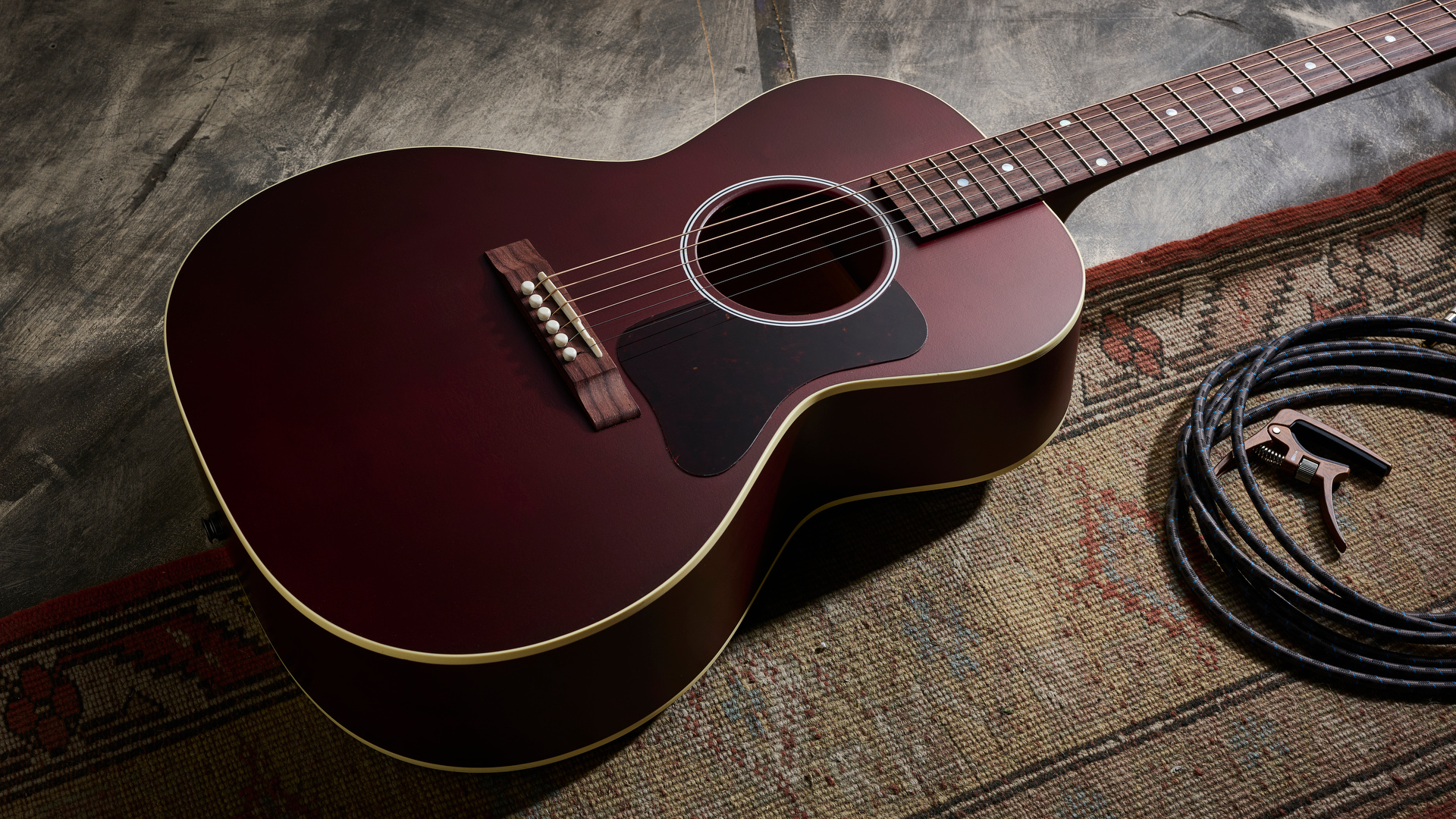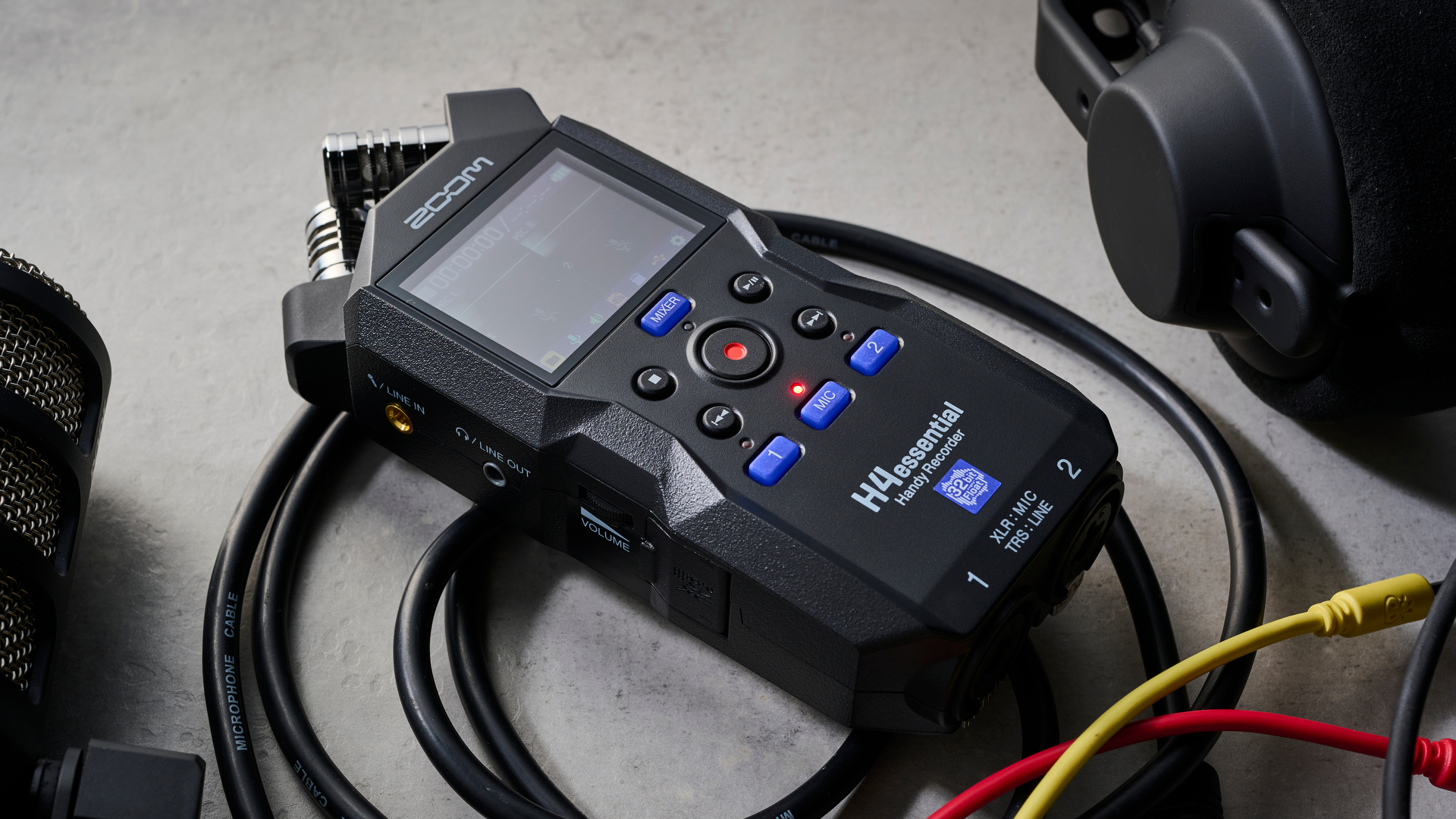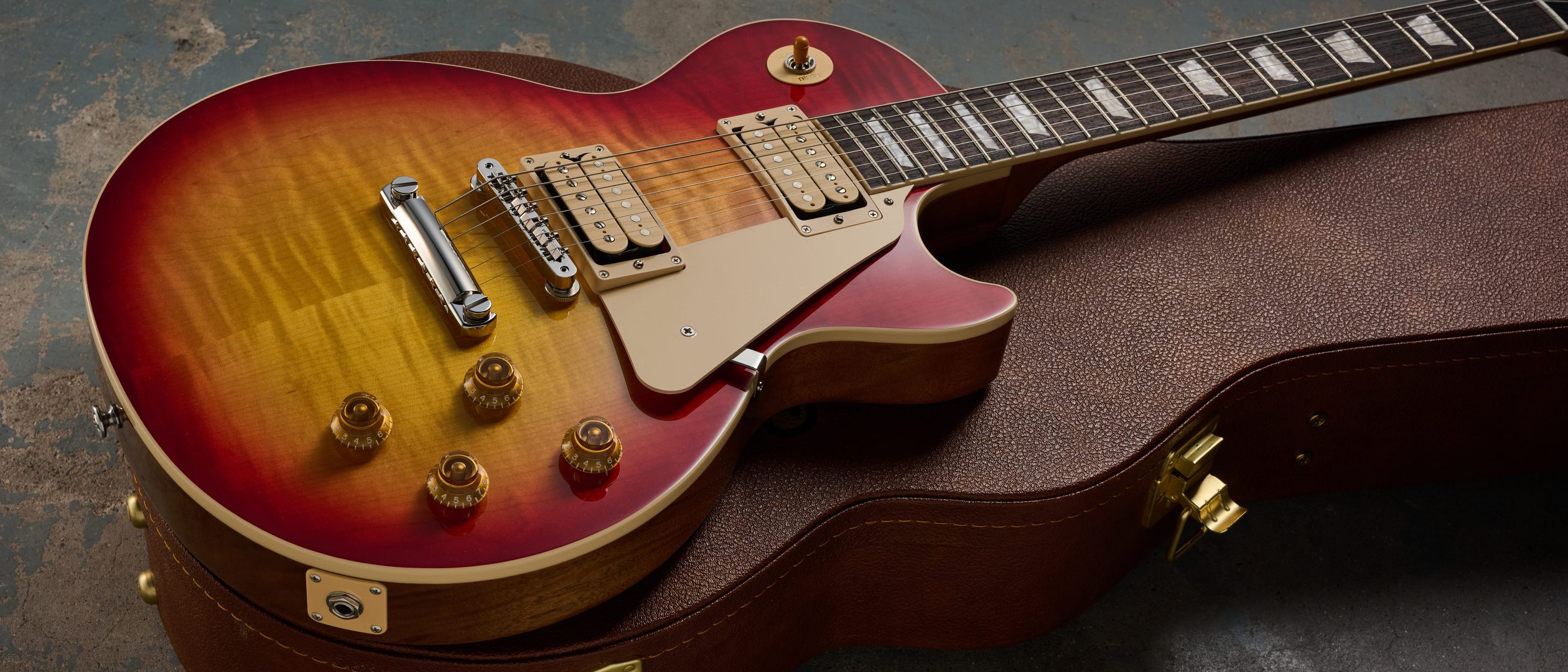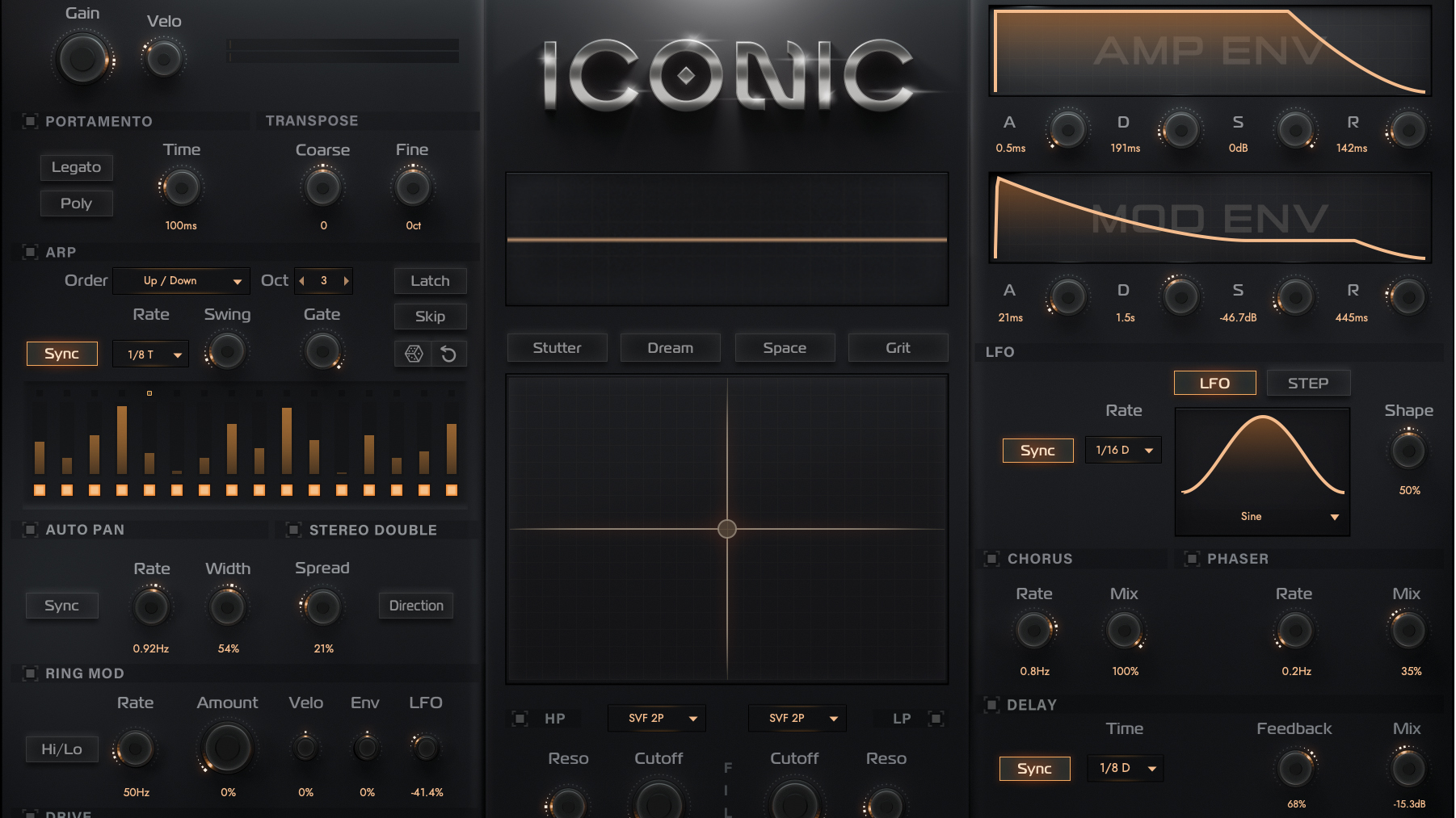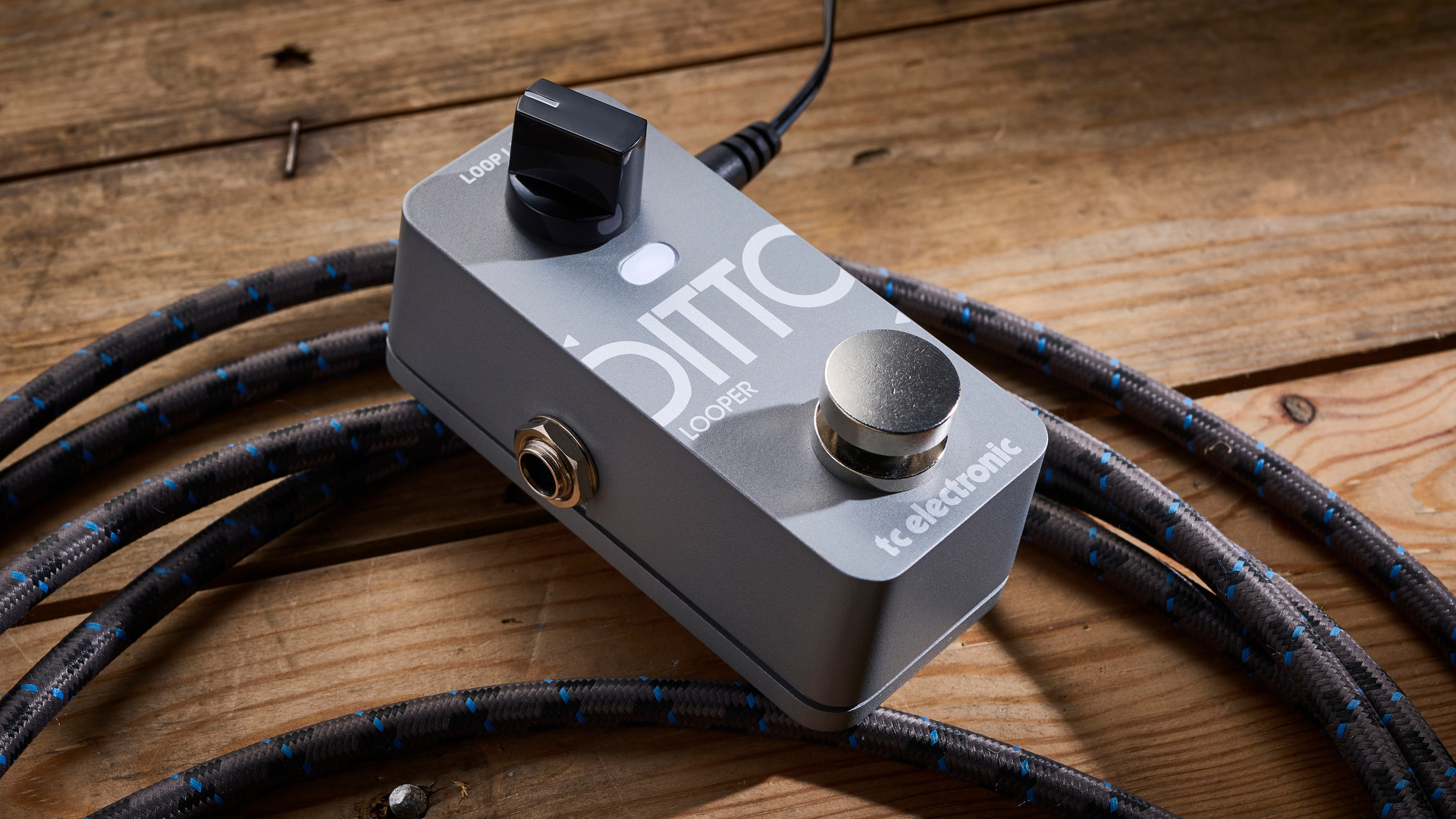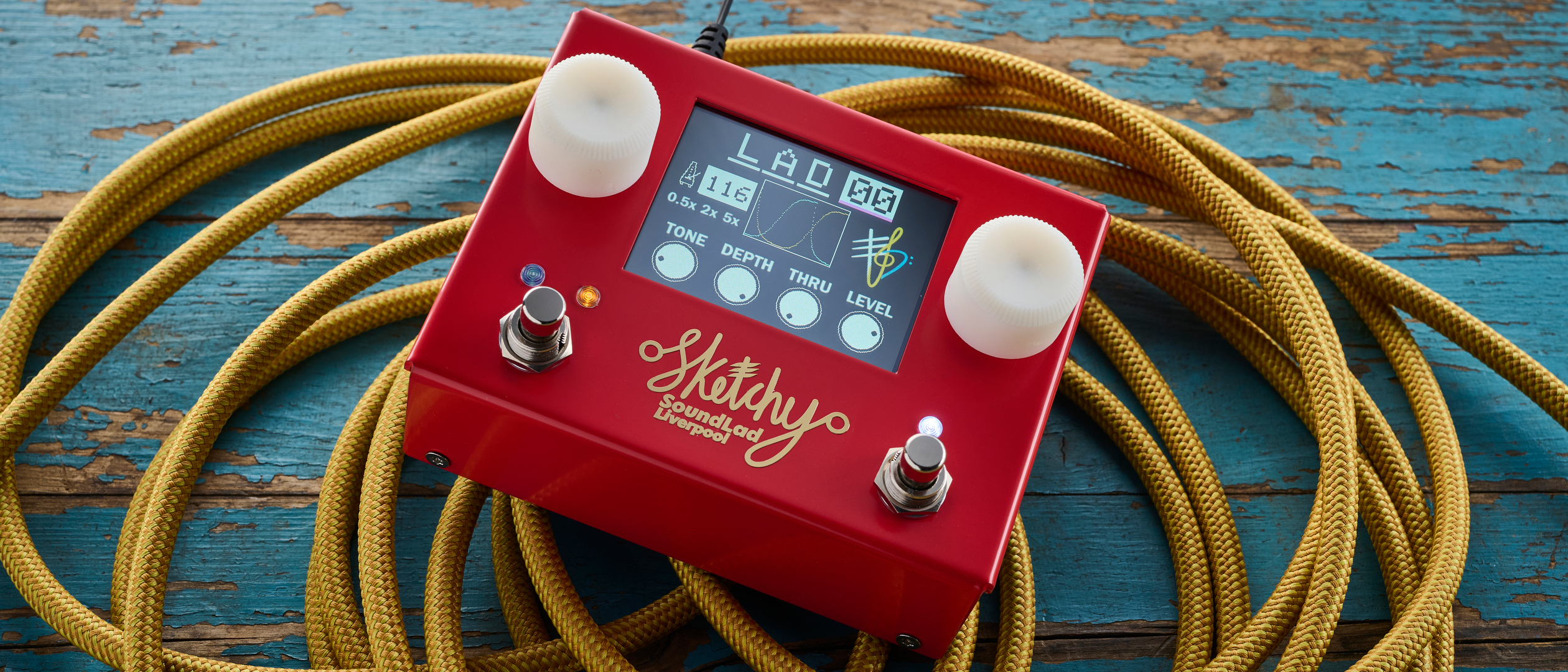MusicRadar Verdict
A fairly underwhelming update to what remains a must-try synth. There’s no real reason to upgrade from v1, but for new users this comes highly recommended.
Pros
- +
Wonderfully powerful take on classic DX-inspired FM synthesis.
- +
Double voice count for the same RRP.
- +
Hardware interface makes adjusting complex digital sounds intuitive.
Cons
- -
There’s little of note that’s new here, aside from the polyphony.
- -
Keyboard remains a little underwhelming and still lacks aftertouch.
MusicRadar's got your back
Korg Opsix MkII: What is it?
Korg’s ‘altered FM’ synth Opsix is the latest – and most underwhelming – update to the company’s digital instrument range. Like the Modwave and Wavestate before it, Opsix hits ‘mkII’ and gains a boost in voice count along the way, growing from the original’s 32 voices up to 64-voice polyphony.
That’s essentially twice as much for your money, nothing to scoff at. What’s a shame, however, is that there’s little in the way of new features beyond this. Whereas the Wavestate gained additional storage space with its upgrade and Modwave MkII expanded the capabilities of its LFOs – neither of which, admittedly, were exactly game-changing updates – the only other new ‘feature’ for Opsix MkII is a hint of green added to Operator Mixer section control knobs.

Korg Opsix MkII: Performance and verdict
Does Opsix really need much in the way of upgrading though? It’s debatable. The original was only released in late 2020 and remains one of the best digital synths on the market – and arguably the best hardware FM synth of all time. Key to its appeal is the distinct way it combines classic DX7-style FM with a variety of other synthesis approaches. Like the DX7 and its ‘80s stable-mates, Opsix features six operators – envelope controlled oscillators – which can modulate one another at audio-rates, dictated by a selection of algorithms that arrange the operators into chains of modulators and audio outputs.
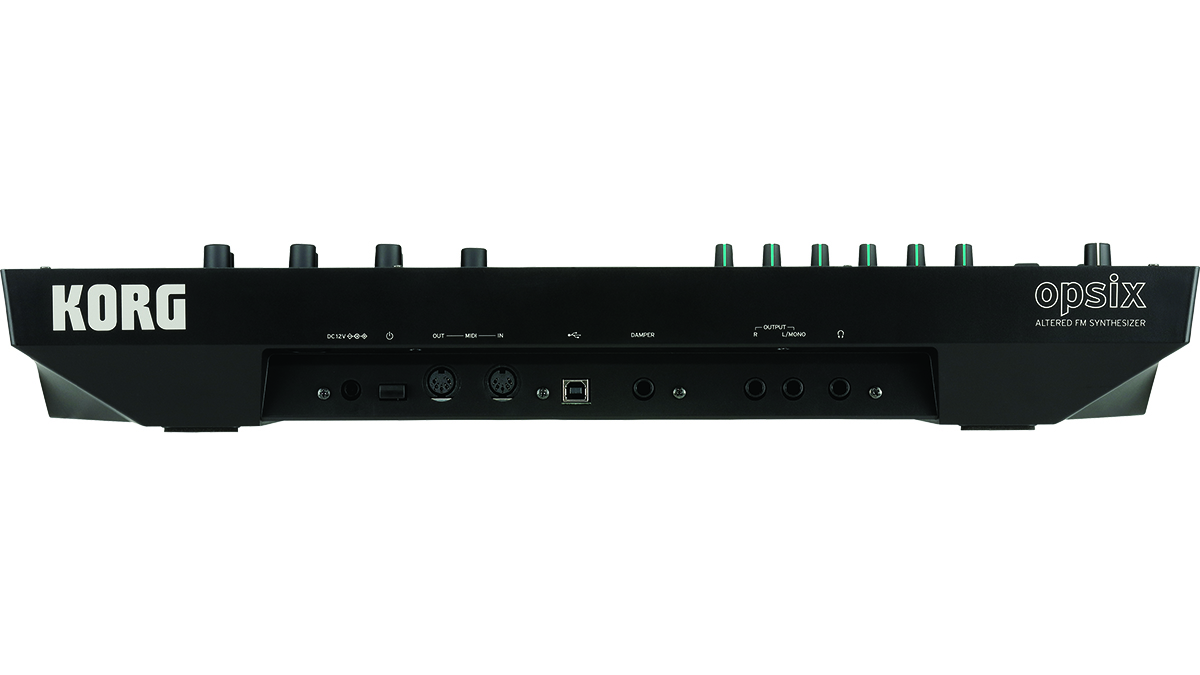
Unlike the DX7, however, Opsix offers a number of variations for how these operators can be set to interact, allowing for ring modulation, wavefolding, audio-rate filter modulation and virtual analogue-style layering. Where traditional FM synths rely on the combination of simple sine wave oscillators, Opsix’s choice of waveshapes also includes a host of virtual analogue, additive and noise generators. What’s more, these multiple approaches can be combined within a single patch.
All of which is to say that Opsix is one of the most powerful digital synthesis engines out there. Naturally, as with most digital synths, some would write it off as just a ‘plugin in a box’ – literally true in this case, as Korg released plugin versions of the Opsix, Modwave and Wavestate engines in 2022. One of the hardware’s standout features, however, is its colour-coded Operator Mixer, which makes the notoriously cumbersome process of editing FM synthesis patches feel surprisingly intuitive, a strong case for why Opsix still makes most sense as dedicated hardware.
One of our favourite digital synths and in a wider context, it’s impossible not to recommend
There are certainly improvements to be made though. While the hardware UI is largely great, the keyboard is nothing to write home about, and still lacks aftertouch despite the fact that external aftertouch can be routed in the mod matrix. The lack of front panel controls for the multimode filter is a shame too. Moreover, now that Korg has upgraded the voice count, it’s a real shame there’s no option to create or control proper multitimbral patches.
Opsix Mk II is a fairly negligible upgrade then – the doubled voice count is nice, but wed never found 32 voices a hindrance. Despite this, Opsix remains one of our favourite digital synths and in a wider context, it’s impossible not to recommend.
MusicRadar verdict: A fairly underwhelming update to what remains a must-try synth. There’s no real reason to upgrade from v1, but for new users this comes highly recommended.
Korg Opsix MkII: Hands-on demos
Korg
Korg Opsix MkII: Specifications
- KEY FEATURES: 64-voice ‘altered FM’ synthesiser. Keyboard: 37 keys (velocity and release-velocity sensitive). Arpeggiator and 16-step sequencer with motion sequencing.
- CONTACT: Korg
I'm the Managing Editor of Music Technology at MusicRadar and former Editor-in-Chief of Future Music, Computer Music and Electronic Musician. I've been messing around with music tech in various forms for over two decades. I've also spent the last 10 years forgetting how to play guitar. Find me in the chillout room at raves complaining that it's past my bedtime.
With its latest free update, Ableton has finally turned Note into the app I always wanted it to be
Technically capable, but struggle to make your tunes sound musical? 5 simple music theory hacks to make your tracks stand out
"Despite its size, it delivers impressive audio quality and premium functions as well as featuring a good selection of inspired sounds": Roland GO:Piano 88PX review


